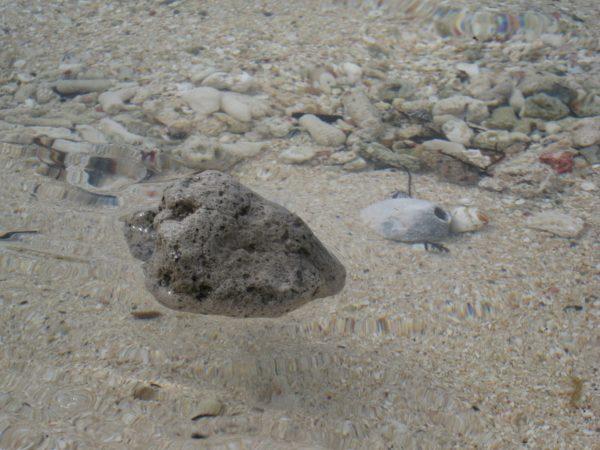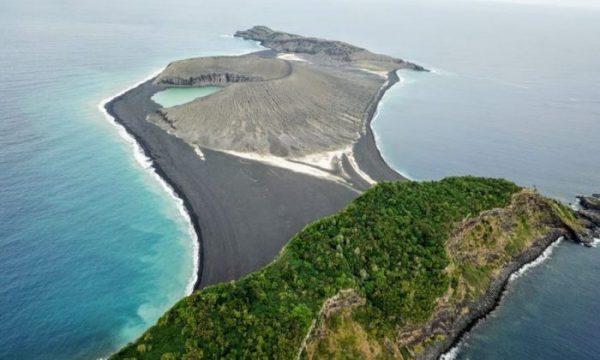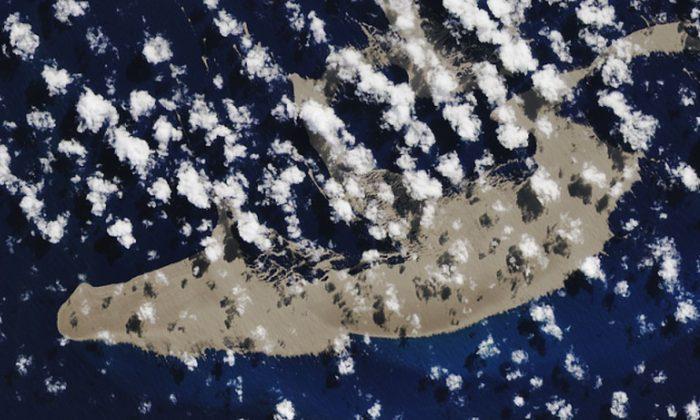Photos captured via NASA satellites show what appears to be a new island floating in the Pacific Ocean.
NASA’s Earth Observatory said that a large grey sheet floating on the Pacific Ocean is really a “raft” of pumice stones that are all drifting together across the ocean south of Fiji.
The rocks are filled with pumice from the underwater volcanic eruption that created them.
Volcanologist Erik Klemetti of Denison University wrote on the website: “Pumice rafts can drift for weeks to years, slowly dispersing into the ocean currents. These chunks of pumice end up making excellent, drifting homes for sea organisms, helping them spread...The erupted pumice means this volcano erupts magma high in silica like rhyolite.”
The volcano that might have produced the pumice “island” is located underwater near Tonga in the Pacific.
The raft was first discovered by sailors on the catamaran Roam and issued a report on Aug. 15
The sailors talked of a “rubble slick made up of rocks from marble to basketball size such that water was not visible,” as well as a sulfuric smell.
“Recent satellite imagery from the area showed discolored sea water (by dissolved volcanic gasses in water) and steam (likely the same as reported above), suggesting that the eruption started around 6 or 7 Aug. At the same time, the pumice raft can be detected on satellite imagery, in several batches covering an area of about 400 [square] km,” the website says.
Hoult said, “The rocks were kind of closing in around us, so we couldn’t see our trail or our wake at all. We could just see the edge where it went back to regular water—shiny water—at night.”
“There’s probably billions to trillions of pieces of pumice all floating together and each piece of pumice is a vehicle for some marine organism,” Bryan said. “When it gets here, it'll be covered in a whole range of organisms of algae and barnacles and corals and crabs and snails and worms.”

He noted that corals have the potential of finding new homes along the coast of Australia.
The raft “is a natural mechanism for species to colonize, restock and grow in a new environment,” he added. “It’s just one way that nature can help promote regeneration.”
Life Colonizes New Island
New vegetation and a mysterious, sticky mud were found on one of the world’s newest islands, located elsewhere in the Pacific Ocean.
2017, NASA said the island survived “against all odds” and may last from six to 30 years.





